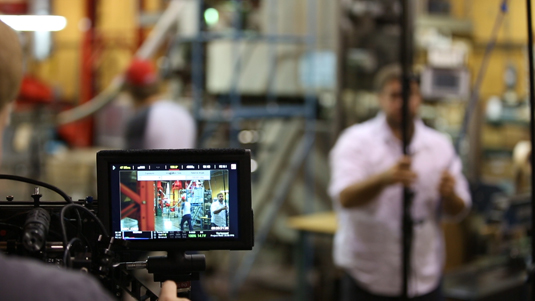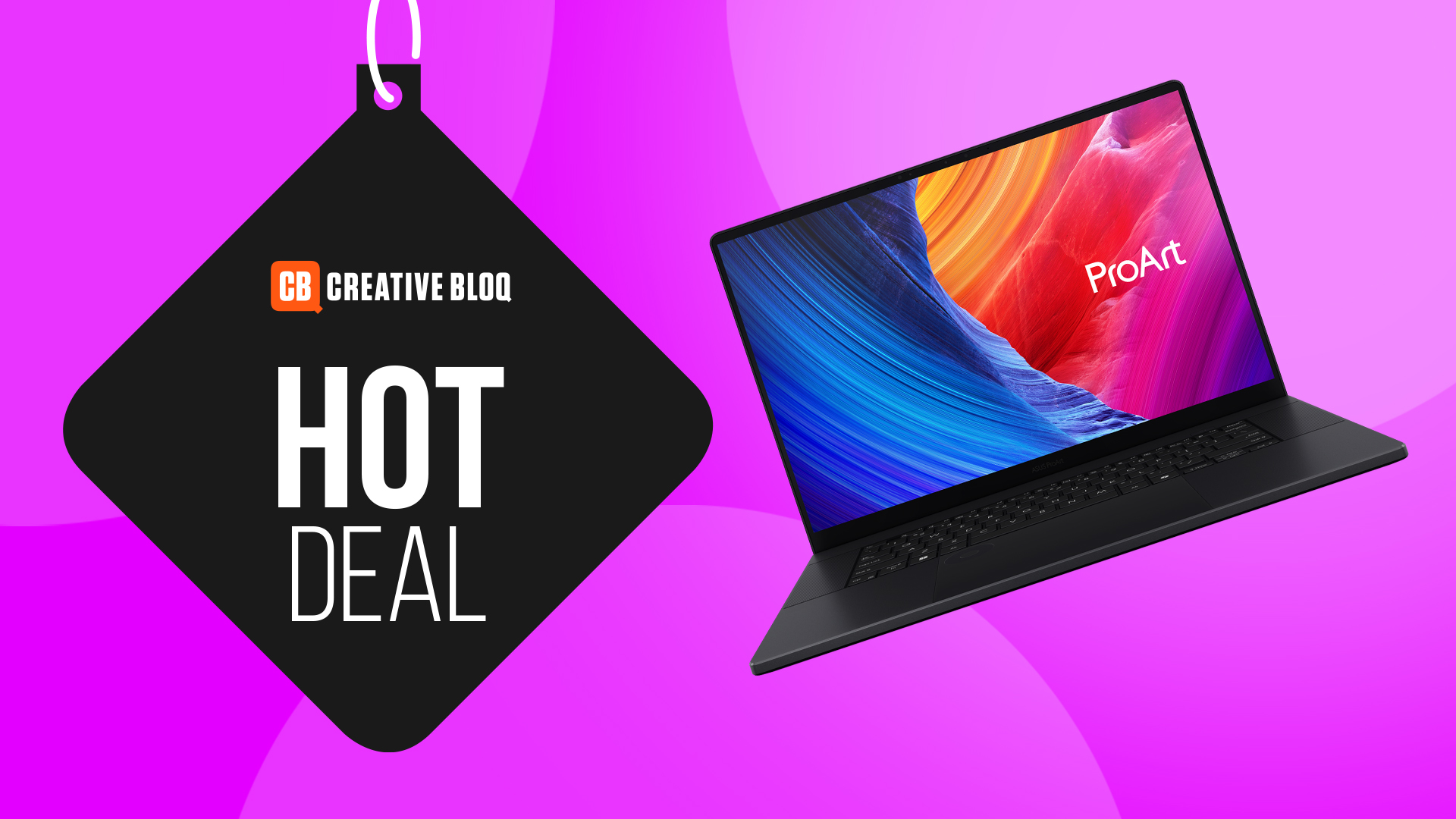The hottest video production trends for 2014
Filmmaker George Georgeadis looks at the top video-making trends that are likely to appear in the coming year.
Video has quickly become the communications medium of choice. It’s easy to consume, and people love to share it on social media. For filmmakers and videographers, equipment and software are more advanced, less expensive, and easier to use. With all this interest, some cool trends are emerging in the way videos are shot and produced. Here are a few of our favorites to dominate in 2014.
01. New kinds of motion
The days of shooting from a stationary tripod (or a few stationary tripods) are over. In fact, many of the most interesting trends in video are related to motion.
- Aerial footage: Videographers no longer need to be in planes or helicopters to get good aerial footage. With the help of inexpensive remote-controlled drones, videographers are finding ways to get GoPros or even their DSLRs airborne with similar - and often better - results (you can’t fly helicopters or airplanes through buildings or many of the other places a small electric drone can go).
- Steadicam: There have been several innovative gimbals designed that allow videographers to hold their cameras still as they move. Steadicams can be used to shoot alongside a subject as they walk (or run), giving the viewer the sense they are in the action. Steadicams can also be used to simulate flight through an environment from a first-person perspective.
- Timelapse and hyperlapse: Hyperlapse is really just a variation on timelapse. With timelapse, the camera stays put. With hyperlapse, the camera is moved slightly over the course of the shoot. The change is subtle, but the results are remarkably more interesting.
- Sliders: Sliders are mounted on tripods, allowing a camera to be moved smoothly through a scene. This simple technology emulates a technique big film crews with professional dollies and tracks have been using for years with surprisingly similar results.
02. Slower motion
Slow motion lets you savor a moment and create an emotional pause. While the technique isn’t new, some recent technological developments have made it easier to do. The latest iPhone, for example, does an outstanding job of shooting slow motion. Some of the more recent advanced cameras can also shoot so many frames per second that different amounts of slowness are possible.
Even slowing action a bit can affect how a scene is perceived. For instance, watch how the slower-motion scenes in Heart (above), a video created entirely with stock footage, convey a different mood.
03. Shallow depth of field and focus pulling
Shallow depth of field is used to draw the eye to a particular subject by putting it in sharp focus while everything else is blurred. Focus pulling is moving from one area of shallow focus to another. The use of both these techniques was once a major challenge but is now simple with DSLR cameras.
04. Length

Unless you have a highly compelling reason to go long - and there are some - keep it brief. People are 50 per cent more likely to view a one-minute video to completion than a two-minute video. With the popularity of Vine and Instagram and the fact that more and more video is being consumed on smartphones, this trend has serious staying power.
Whether you choose to follow the latest trends, buck them, or create new ones, remember that, at the end of the day, it’s all about storytelling. Happy shooting.
Get the Creative Bloq Newsletter
Daily design news, reviews, how-tos and more, as picked by the editors.
Words: George Georgeadis
George Georgeadis is the product manager and storyteller at Dissolve, a stock footage company that helps creatives, marketers, and brands tell better stories with video. A filmmaker at heart, George combines his love of storytelling with the art of filmmaking to bring together an incredible community of contributors and filmmakers who want to change the face of stock footage.
Now read these:
- 20 steps to video editing with power and speed
- The best 3D movies of 2013
- New tools in Adobe Creative Cloud: 12 revealing videos

Thank you for reading 5 articles this month* Join now for unlimited access
Enjoy your first month for just £1 / $1 / €1
*Read 5 free articles per month without a subscription

Join now for unlimited access
Try first month for just £1 / $1 / €1

The Creative Bloq team is made up of a group of design fans, and has changed and evolved since Creative Bloq began back in 2012. The current website team consists of eight full-time members of staff: Editor Georgia Coggan, Deputy Editor Rosie Hilder, Ecommerce Editor Beren Neale, Senior News Editor Daniel Piper, Editor, Digital Art and 3D Ian Dean, Tech Reviews Editor Erlingur Einarsson, Ecommerce Writer Beth Nicholls and Staff Writer Natalie Fear, as well as a roster of freelancers from around the world. The ImagineFX magazine team also pitch in, ensuring that content from leading digital art publication ImagineFX is represented on Creative Bloq.
